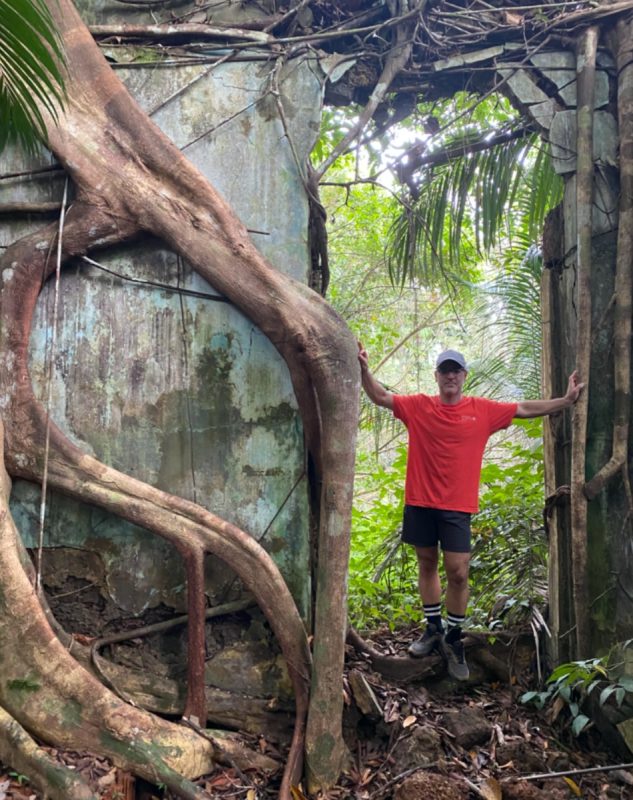Where have all the people gone?
IAN STALKER
Josue Basilio is happy to share a ghost (town) story with tourists exploring the Brazilian Amazon.
The Katerre Expedition guide leads Katerre Expedition guests exploring interior Brazil’s Rio Negro to the community of Velho Airao, a classic case of a community that saw a boom-to-bust cycle.
The river-fronting town became affluent during Brazil’s rubber boom, only to lose that wealth when Malaysian rubber undercut the Brazilian product long ago. Velho Airao residents then drifted off, looking to find livelihoods elsewhere, leaving uninhabited structures in the jungle after their departures.
Visitors today can see solid, still-standing stone walls that no longer support roofs and which have vines and other vegetation growing throughout what were once rooms, clearly demonstrating to tourists that the structures have long been unoccupied.
“Many people made a lot of money here,” Basilio says of the eerie setting.
Much of the population left for bustling Manaus.

The local cemetery has a gravestone telling that the interred person died in 2012, with that person apparently having died elsewhere and deciding to be permanently reunited with family members who were earlier buried there.
Basilio says tourists who find the jungle alluring find it hard to fathom why Velho Airao’s population left it for a large city like Manaus.
“They say, ‘Why did they leave that beautiful place and not continue?'”
Henrique Braga, a Brazil native now working as a travel agent in Florida who has visited Velho Airao with Katerre Expedition, says the settlement was “one of the most important communities along Rio Negro,” thanks to rubber.
A handful of people returned in recent years, hoping to attract tourists to the settlement, Braga continues.
Braga’s own Velho Airao visit convinced him that the community offers a unique glimpse into Brazil’s past.
“It’s very interesting to visit a place that had such importance in Brazilian history and today all you can see are ruins almost totally taken over by the roots of huge trees,” he continues. “It’s an amazing picture for those visiting. “
More information can be found at katerre.com/us or by emailing [email protected].

















